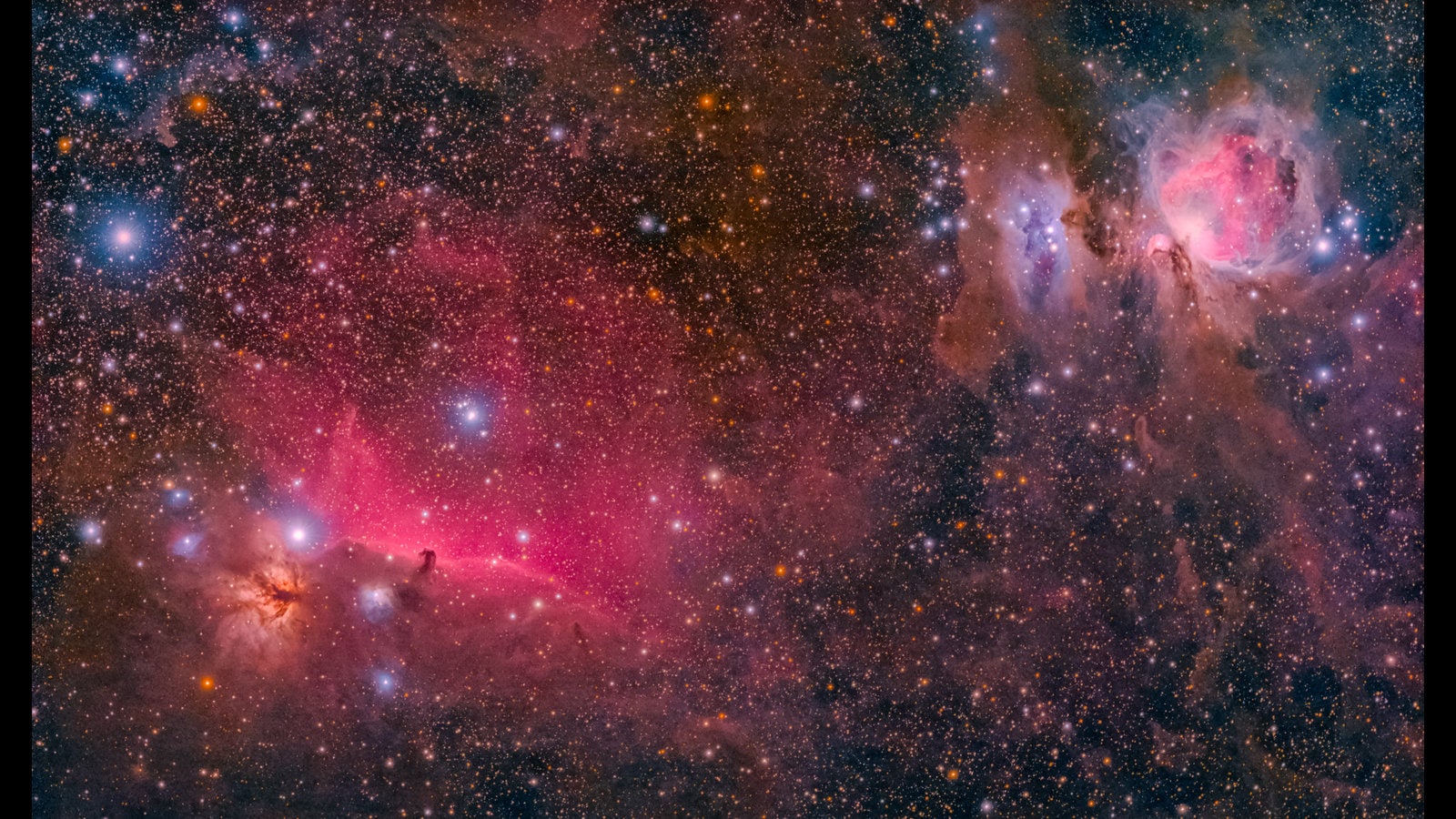See stars, planets, galaxies near-up by means of young hobby astro-photographers
For millennia, the night time sky has fascinated the human race. From folks tales to poems, tracks and films, its sway has not waned. Today, it’s feasible to zoom in on areas of the galaxy from an typical rooftop, and the most recent popular quests are about capturing what a single sees.
Amateur photographers throughout the nation are teaching their lenses on the skies and coming away with illustrations or photos of the sun’s coolest places, shadows on the moon, distant galaxies and colourful nebulas. These are pictures captured in significant-resolution and colour, making use of generally DSLRs paired with telescopes and units that adjust for things this kind of as photo voltaic glare and the rotation of the Earth. Quite a few newbie astro-photographers share, examine and explore their function on the internet, on closed teams and on general public internet pages on Reddit, Instagram and Telegram, as perfectly


